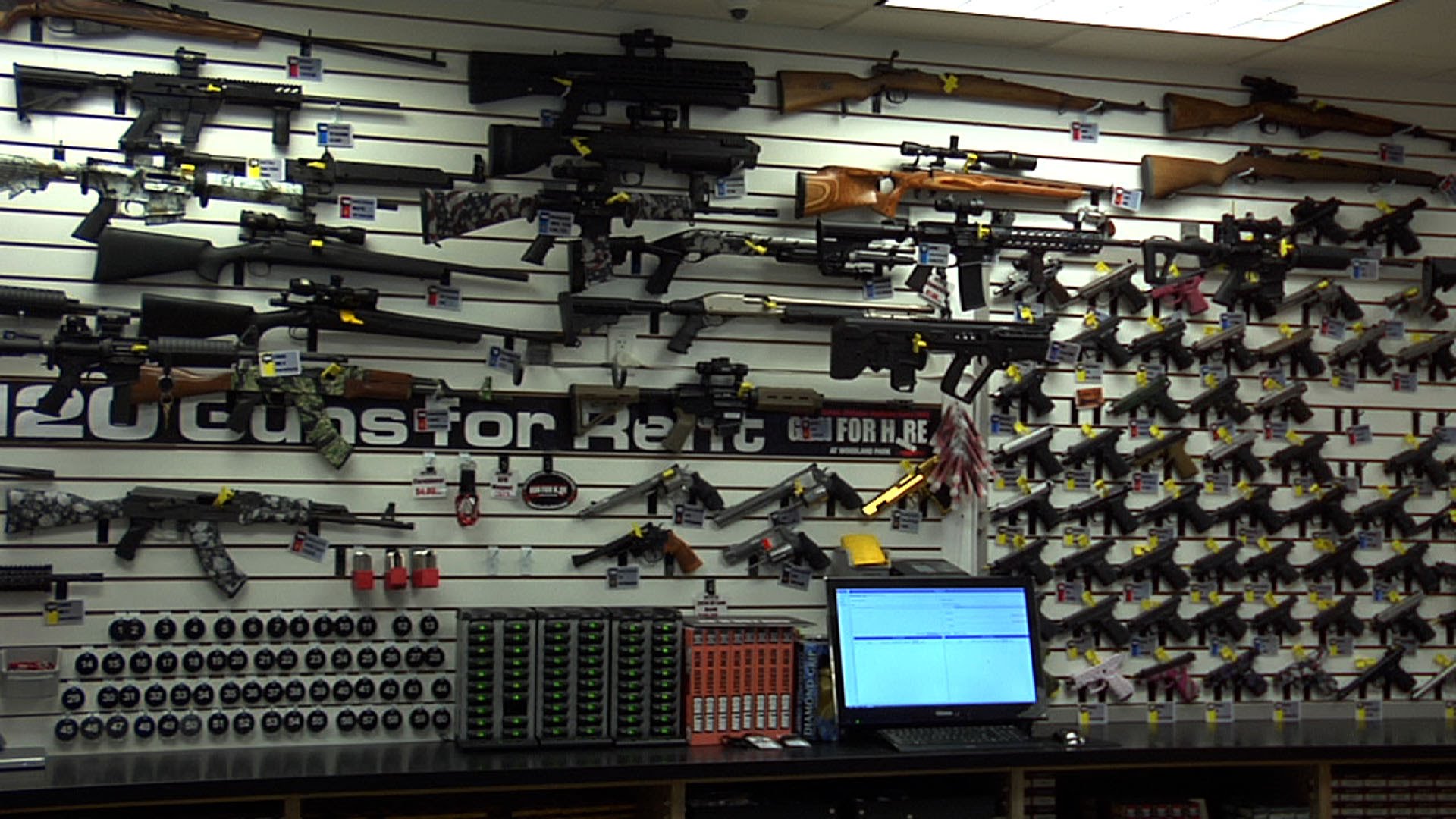In A Nutshell: Gun Violence In The United States
Tyler Bloom
There’s no denying that the regularity of mass shootings in the United States is horrifying. As we try to come grips with the murders that took place in Orlando, we are also marking the one-year anniversary of the Charleston shooting which took the lives of nine church group members. In an attempt to make sense of it all and also to memorialize the victims, here’s a brief history (the last four years) of the mass shootings that have occurred in the United States. This list is not complete, which sadly shows how prevalent gun violence is today.
- Aurora: 7/20/12. 12 killed, 58 injured.
- Newtown: 12/14/12. 28 killed, 2 injured.
- Washington Navy Yard: 9/16/13. 12 killed, 8 injured.
- Fort Hood: 4/3/14. 3 killed, 12 injured.
- UCSB: 5/23/14. 6 killed, 13 injured.
- Charleston: 6/17/15. 9 killed, 1 injured.
- Chattanooga: 7/16/15. 5 killed, 5 injured.
- Umpqua Community College: 10/1/15. 9 killed, 9 injured.
- Colorado Springs Planned Parenthood: 11/27/15. 3 killed, 9 injured.
- San Bernardino: 12/2/15. 14 killed, 21 injured,
- Orlando: 6/12/16. 49 killed, 53 injured.
So now the question is, what’s the deal with federal gun legislation?
While the government seems too paralyzed by partisan interests to take action on gun violence, there was actually a period in time when legislation was passed to limit the sale of assault weapons. In 1994, after a series of shootings in California, Congress passed one of the most monumental pieces of legislation to date — the Federal Assault Weapons Ban.
However, the legislation had a few issues. One was the issue of nomenclature. What was an “assault weapon”? The law had an answer, but it was hidden in a series of complicated flowcharts and fine print, making the law easy to accidentally break.
Additionally, the law targeted only specific types of semi-automatic weapons because banning all semi-automatic weapons would affect almost every gun owner in the country. (Fully automatic weapons have been strictly regulated since 1934.) As a result, gun manufacturers were able to slightly alter their present models to get around the ban.
Where did the Federal Assault Weapons Ban go?
The legislation was written so that it would expire after 10 years. So in 2004, the ban was lifted. While the law wasn’t perfect, it is worth noting that it would have banned the sale of the AR-15s that the Orlando and Aurora shooters purchased legally.
So what regulations are in place at the state level?
In addition to federally mandated background checks conducted by the FBI, some states have passed measures of their own to tighten gun sale regulation. These measures include requiring waiting periods for prospective gun buyers, limiting magazine capacities for purchased weapons and further screening for prospective gun buyers on a state level.
Then how did the Orlando shooter get his gun?
Florida does not conduct background checks on gun buyers after the FBI does. Consider that the FBI rejects less than 1% of prospective gun purchasers on account of their criminal history, drug use or mental health. The lack of additional screening, therefore, makes it really easy for people to buy guns in Florida. In fact, Florida is one of 32 states that have no further background checks. That means that virtually anyone who wants to buy a firearm from a licensed dealer will pass a background check. Unless, of course, you buy from a gun show, in which case you likely wouldn’t have to go through a background check at all.
Florida also does not have a limit on the capacity of firearm magazines. Prior to the shootings in Newtown and Aurora, Connecticut and Colorado didn’t either. Connecticut now limits the magazines of its firearms to 10 rounds and Colorado to 15.
So now what? What’s the government doing to stop mass shootings?
Well, as it stands, not too much. While President Obama announced a series of executive orders in January 2016 that would modernize the background check process and hold gun sellers more accountable for their transactions, many were quick to point out that it was not in his power to make the reforms for which he was advocating. Technically, that’s up to Congress.
Congress, however, is at a standstill on this one (like so many other issues). Numerous bills to reform firearm sales have been introduced by Democrats to the Republican-controlled House, but they have died on the floor due to voting along party lines. In fact, tensions boiled over the day after the Orlando shooting when Democratic Rep. James Clyburn asked Republican Speaker Paul Ryan when gun control legislation would be voted on. Ryan dismissed his request and tried to initiate an unrelated vote. The House Democrats left the floor in protest.
Anything else?
Yes. President Obama and presumptive Democratic and Republican nominees Hillary Clinton and Donald Trump all have something to say about the most recent shooting in Orlando.
President Obama was quick to condemn the “horrific massacre.” He asked the public if they wanted to be the kind of country in which it is easy “for someone to get their hands on a weapon that lets them shoot people in a school, or in a house of worship, or a movie theater, or in a nightclub.”
Secretary Clinton also denounced the shooting, sending grief to the affected while advocating for national unity rather than scapegoating America’s Muslim population.
Mr. Trump has used the most recent shooting to reaffirm his stance on banning Muslims from entering the country and to suggest connections between the shooter and President Obama.
Shockingly, however, they can all agree on one thing: meaningful reform must be made to stop the wrong people from getting firearms legally. This will likely be in the form of a “No Fly, No Buy” law.
